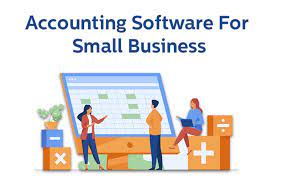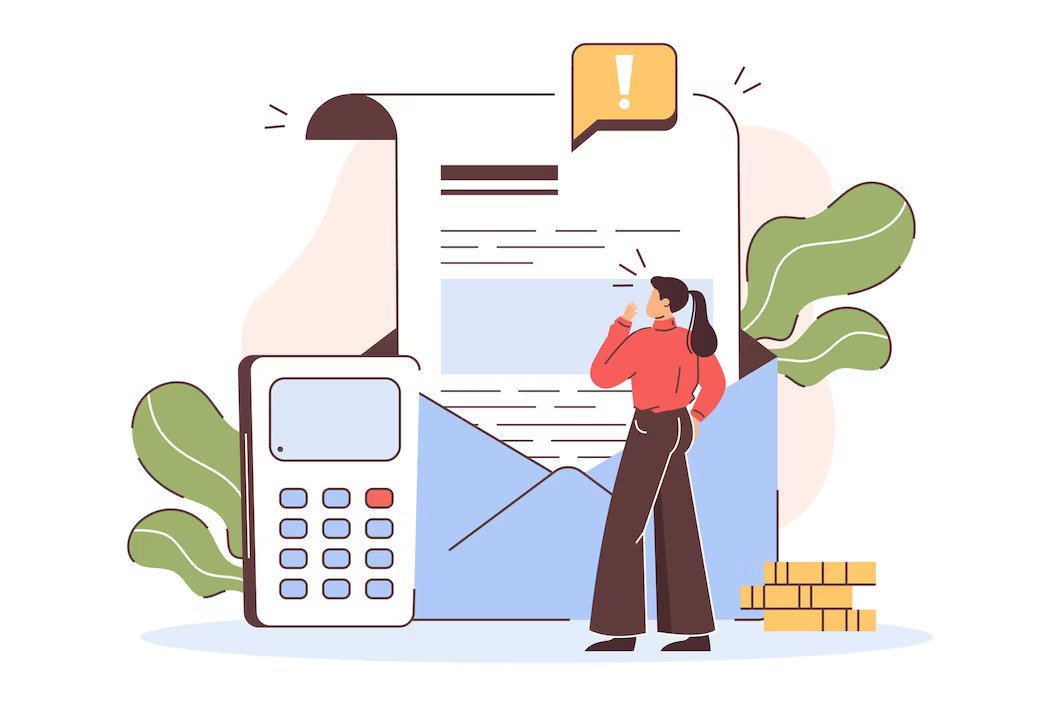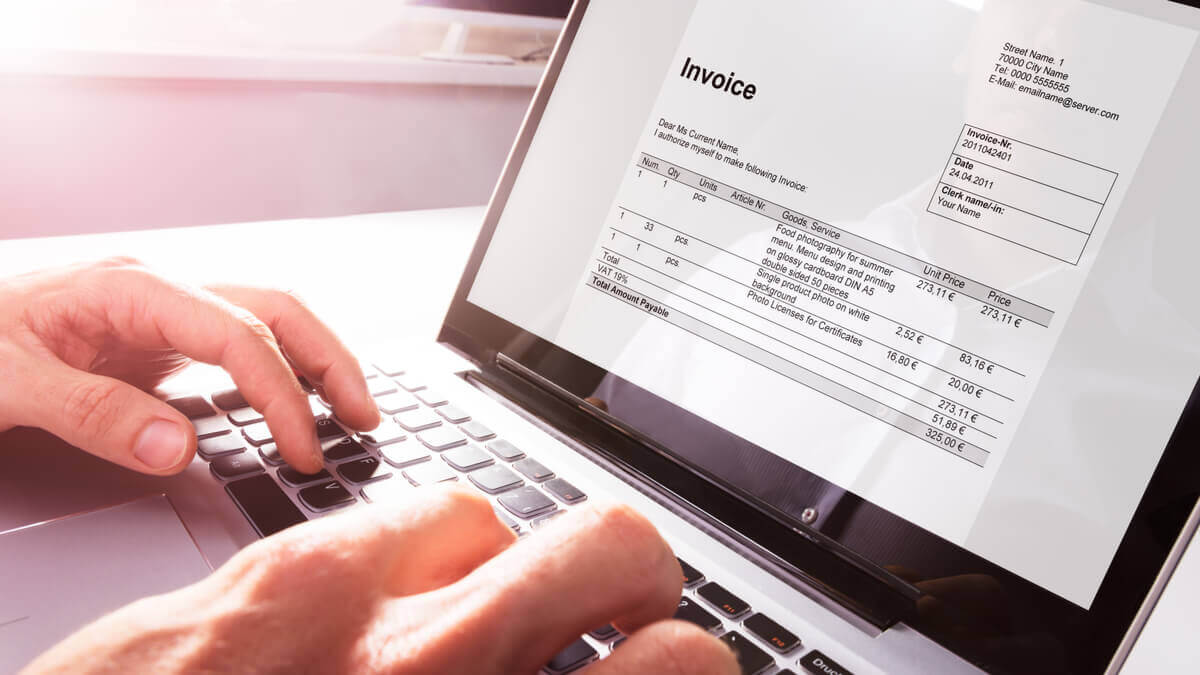Worried about not getting paid or how to create invoices that get paid on time?
Welcome to the ultimate guide on handling overdue invoice and creating professional invoices that get paid on time!
Because invoicing is a crucial part of your business workflow, sending out professional invoices can make all the difference in getting paid promptly.
This blog article covers everything from creating a compelling invoice to setting payment terms and following up with clients.
So sit back, grab a coffee, and prepare to take your invoicing game to the next level!
What is Invoicing?
Before we dive into ways you can use to handle overdue invoice, let’s talk about invoicing. What is it and how do you create one? It is the backbone and pulse of every business.
It maintains the cash flow. When you prepare and send out an invoice, that moment captures and rewards the value of your work.
With a well-written invoice, you can do more than request payment; you can also establish credibility, gain brand exposure, and strengthen customer relationships.
How to create a professional invoice that can help you avoid overdue invoice
Creating a professional invoice is a critical aspect of any business, whether you are a freelancer, entrepreneur, or established company.
Your invoice is a payment record for your services or products and represents your brand image and reputation.
A well-crafted invoice can instill confidence in your clients, demonstrate professionalism, and help you get paid on time.
Set Clear Payment Terms
The first step in creating an invoice that gets paid on time is clearly outlining your payment terms. Ensure your customer understands how long they must pay, what payment methods you accept, and any penalties for late payment.
Use Professional Invoicing Software
Time is money, and invoicing software is the ultimate time saver in business. Invoice automation lets you send out polished invoices with the push of a button.
As a result, you may put that time spent on writing and mailing invoices to better use elsewhere.
Plus, with invoicing software, you can easily track your payments and view your financial records in real-time, better understanding your cash flow and helping you make better business decisions.
Also, send out your invoices after rendering a service or delivering goods. Prompt action will help you get paid faster and reduce the likelihood of your invoice getting lost or forgotten.
Follow Up
If invoicing is like the engine of your business, then following up is oil to the engine. Therefore, if you have yet to receive a payment within a reasonable time, follow up with your customer to remind them of the outstanding invoice.
Multiple Payment Options
Professional invoicing captures convenience and ease of use. Therefore, it would be best if you provided multiple payment options.
For example, clients can rely on credit cards or third-party banking systems when bank transfers do not go through.
Use Late Payment Fees
Including a late payment fee in your payment terms can encourage your customer to pay on time. Make sure the fee is reasonable and communicated upfront.
Build Strong Relationships
Building strong relationships with your customers can increase the likelihood that they will pay on time.
Your goals should include providing excellent customer service and communication and going above and beyond to meet client needs.
Furthermore, providing incentives for early payment can encourage your customers to pay on time or even ahead of schedule. You may also include discounts or other perks.
Automate Your Invoicing Process
You can create professional invoices that helps you avoid overdue invoice with invoicing software or automatic invoicing through your accounting system.
By automating your invoicing, you can ensure that your invoices are sent out promptly and accurately, increasing the likelihood of on-time payment.
Addressing Common Challenges and Issues with Overdue invoice
Professional invoices can get the job done quickly, but there is no invoicing process without challenges.
While you can streamline and see your business process in real-time, delays, billing errors, and overdue payments may still occur.
The good news is you can resolve these challenges without losing valuable relationships. Here are some invoicing challenges and how you can handle them.
1. Late Payments
If a client still needs to pay by the due date, send a friendly reminder and follow up with a phone call or email.
Consider offering incentives for early payment or implementing late fees for overdue invoice.
2. Disputed Charges
If a client disputes a charge on your invoice, provide a clear breakdown of the charges and work with them to find a resolution.
Also, consider showing payment evidence, like receipts. Be open to negotiation and compromise to maintain a positive relationship.
3. Invoicing Errors
- Double-check all invoices for accuracy before sending them.
- If you make a mistake, admit your mistake.
- Promptly send a corrected invoice, and apologize for any inconvenience.
4. Unresponsive Clients
If a client needs to be more responsive to your invoicing or payment requests, try contacting them through multiple channels, such as email, phone, and social media.
Consider sending a formal demand letter if the client remains unresponsive or send a reminder mail. Seek legal assistance if other methods prove abortive.
5. Tax Compliance
Ensure compliance with tax regulations, including all required information on your invoices, such as tax ID numbers and rates.
Consider consulting a tax professional to ensure you meet all tax requirements.
6. Invoicing Volume
If you are dealing with a high volume of invoices, consider using invoicing software or hiring an accountant to manage the workload.
You can also streamline your invoicing process using templates and automating recurring invoices.
You can minimize potential delays or disputes by addressing these common invoicing challenges and issues and maintaining positive relationships with your clients.
Feel free to seek professional assistance or advice to ensure compliance and accuracy in your invoicing.
Conclusion
Creating professional invoices is critical to running a successful business.
You can create clear, accurate, and easy-to-understand invoices, helping you get paid on time, avoiding issues of delayed or overdue invoice and maintaining positive relationships with your clients.
Remember to set clear payment terms, use professional templates or software, and personalize your invoices with branding.
Additionally, address common invoicing challenges and issues, such as overdue invoice/late payments, invoicing errors, and tax compliance, to ensure your invoicing process runs smoothly and efficiently.
By implementing these strategies, you can improve your invoicing process, save time and effort, and ultimately, help your business succeed.













